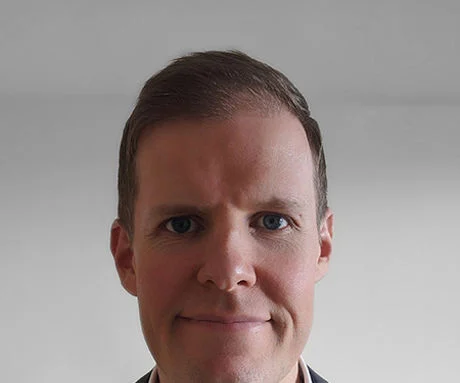Managing vibration is a core engineering task in the built environment. We use monitoring, mathematical modelling, immersive simulations and imaginative damper design, to help clients anticipate and mitigate the vibration issues that may shape the user experience of their buildings and facilities.
Our insights not only deliver better performing structures – we challenge traditional, carbon-intensive approaches to make stability sustainable. We inform designs that meet both performance goals and carbon targets. This may involve trimming out material from designs or unlocking the use of lightweight alternatives like timber.
Different challenges, immersive tools
Our team represents every sub-discipline within vibration engineering, allowing us to match the right expertise and tool to the project and issue. We have authored many of the tools and algorithms we use ourselves and refined their accuracy against monitoring data. This investment in new approaches and technologies is helping our clients to navigate their design choices with greater confidence.
For example, data and reports give the facts, but to simulate the experience of vibration from different design options, we have created our own tool. Our Motion Platform combines data from designs and environmental factors to give clients a real-time, immersive experience of the vibration effects building users will experience. We combine our Motion Platform with sound enabled virtual reality to fully simulate the reality of these forces.












